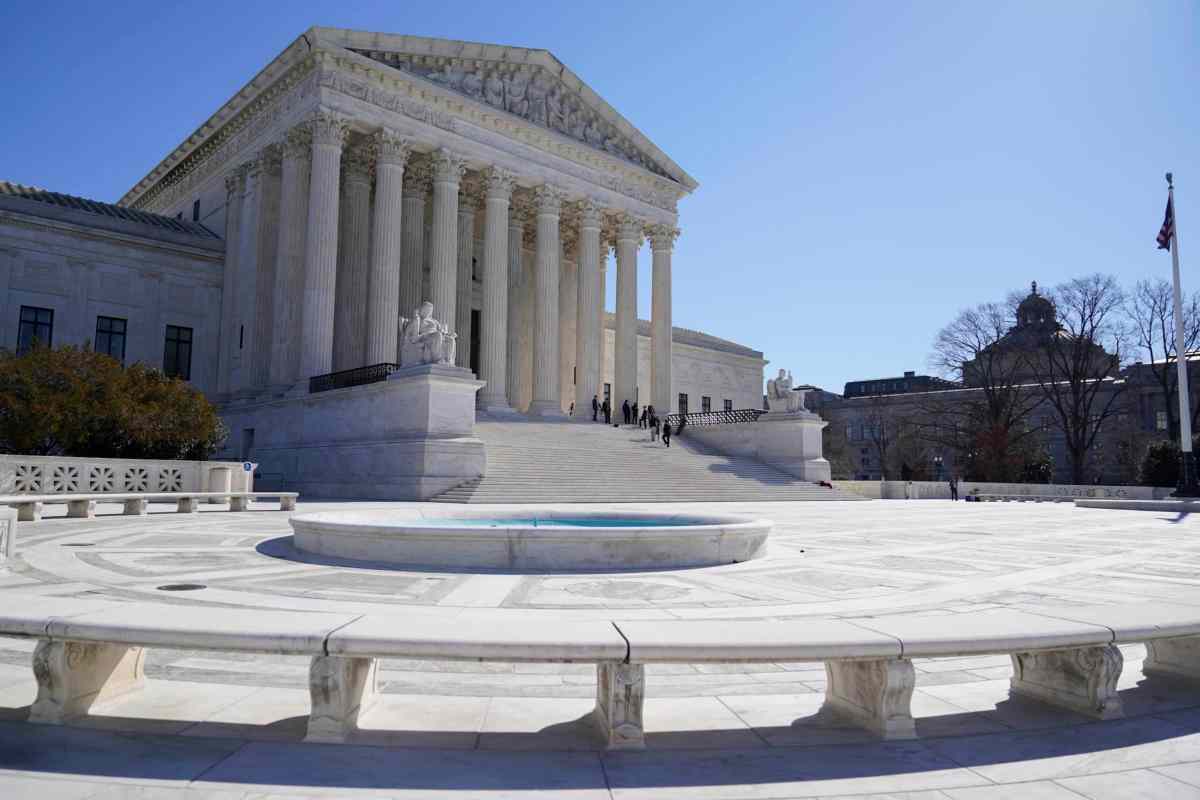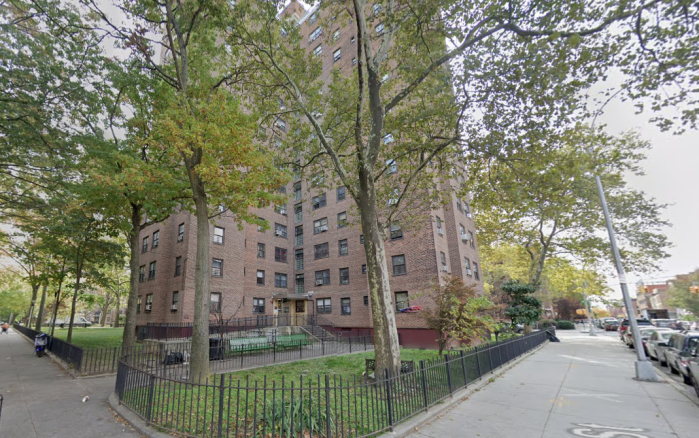The Gowanus Canal is not as crappy as you think!
The amount of poop in the notoriously fetid waterway continually decreased over the last six years, according to data, and the reduction is so significant that people could actually dive in on some days, said a local who helps monitor the channel’s human-waste levels.
“We’ve seen the worst of the worst,” said Eymund Diegel, a Gowanusite who has regularly taken water samples from Brooklyn’s Nautical Purgatory for years. “With Sandy, the whole canal went white with raw sewage, but now you can technically swim in it.”
Diegel collected samples from the waterway’s banks near Second Street over 20 consecutive Thursdays from May until the end of September annually since 2012, except in 2015. He performed the work as part of the Citizens’ Water Quality Testing program, which is designed to monitor the amount of fecal matter in the canal during boating season.
After capturing each specimen, Diegel sends it to a Manhattan lab, where workers analyze the sample’s waste levels and return their findings to him that same day so that he can post the results online each Friday.
In 2012 and again in 2013, there were two days when the canal’s poo levels were low enough that people could technically swim in it, according to standards set by the Department of Health, which measures the same microbes as Diegel does in order to determine whether any city body of water is safe to wade in.
There were five swimmable days in 2014, followed by eight in 2016, and 10 this past summer.
Scientists measure the levels of microbes associated with human waste because sewage contamination poses the most immediate health risk to people who come in contact with water, according to a Columbia University professor who is involved in the water-testing program.
“If water is contaminated with sewage you have an elevated chance of getting sick,” said Dr. Andy Juhl.
Toxins from the chemicals and coal tar that line the bed of Brooklyn’s Nautical Purgatory also pose health issues, but tend to only affect people who are chronically exposed to them, Juhl said.
Diegel attributes the Gowanus becoming more swimmable to the May 2014 reactivation of a tunnel that carries up to 252-million gallons of water — roughly the amount in 382 Olympic-sized pools — from New York Harbor into the canal daily, which he compared to flushing a giant toilet each day.
The tunnel’s regular surges also increase the canal-water’s levels of oxygen — an important chemical for fish and plant life that Juhl said is eaten up by undigested, decomposing organic materials in the excrement dumped into the channel — fostering the growth of new flora and fauna, according to Diegel.
“We have increased oxygen. Algae is coming back, fish are coming back,” he said.
Diegel hasn’t swam in the waterway, although he said he often dips his feet in and hasn’t fallen ill or noticed any mutations. But the resident advised others not to do so after rainfall, which forces raw sewage overflow into the canal.
And Juhl, the professor, warned that because the last few years were drier than usual, it is possible that the reduced precipitation drove down the fecal-matter count in Diegel’s Thursday measurements. He said seeing results over a longer period of time would allow him to draw a firmer conclusion, but that the decrease in the water’s poop-related microbes shows positive progress nonetheless.
“We’re happy the counts are somewhat lower than what they have been in the past, but we’re not ready to say it’s a long term thing,” he said. “It could be a coincidence.”
The professor would not tell anyone to splash around in the Gowanus even though the water is technically swimmable, he said, and the Environmental Protection Agency, which is overseeing the cleanup of the Superfund site, also advises against diving in.
Cleansing the canal entirely may be no easy task, another local expert said, but he still hopes that one day Gowanusites will be able to swim in it in poo-free peace.
“It’s one of the most challenging waterways in the entire city, so it’s going to take a long time to get to the point where we’re swimming, but it’s a beautiful goal,” said Rob Buchanan, a rep for the New York City Water Trail Association, which advocates for local boaters.























